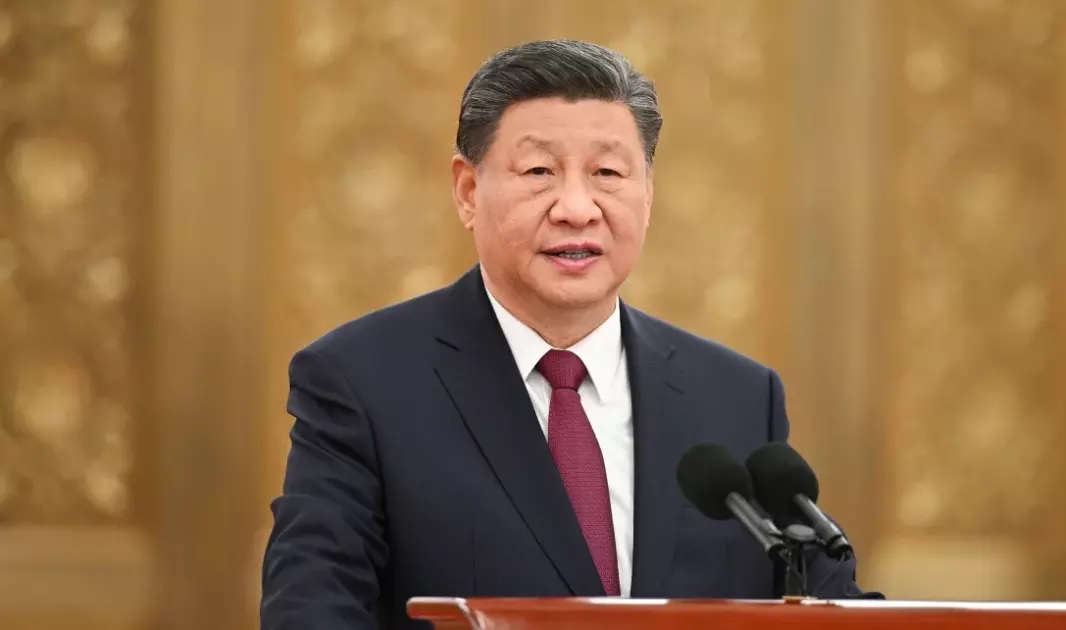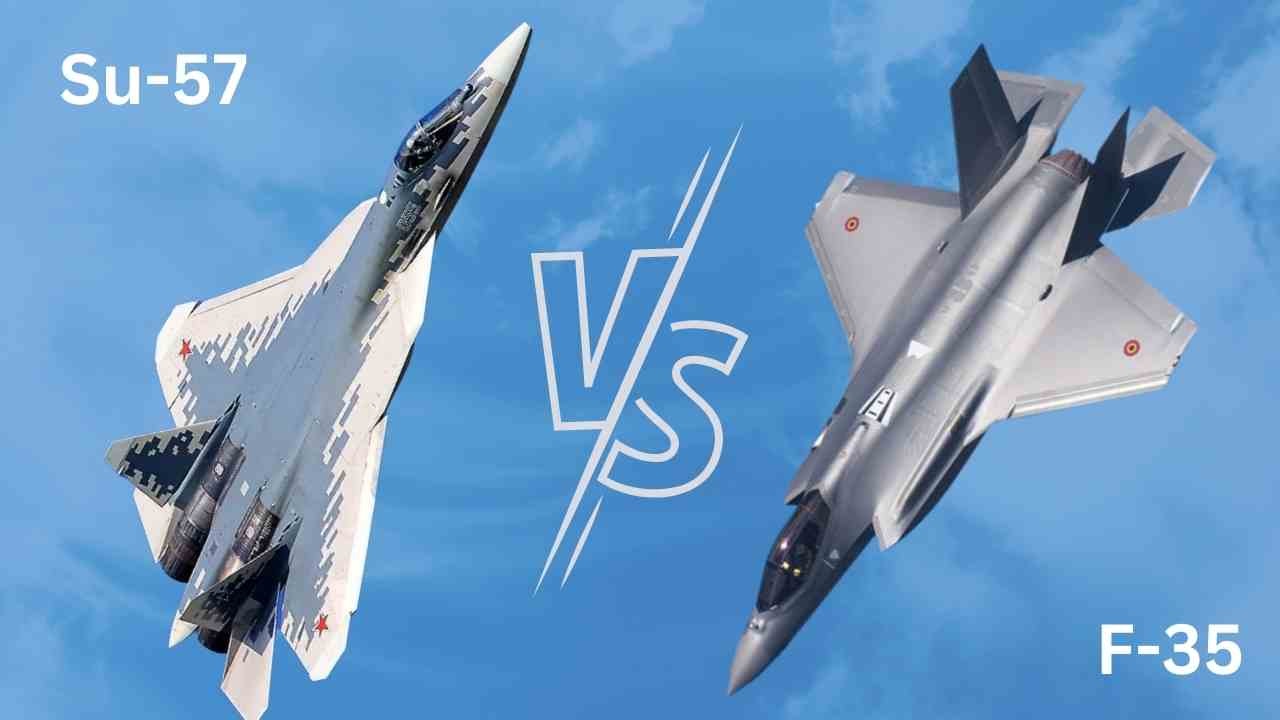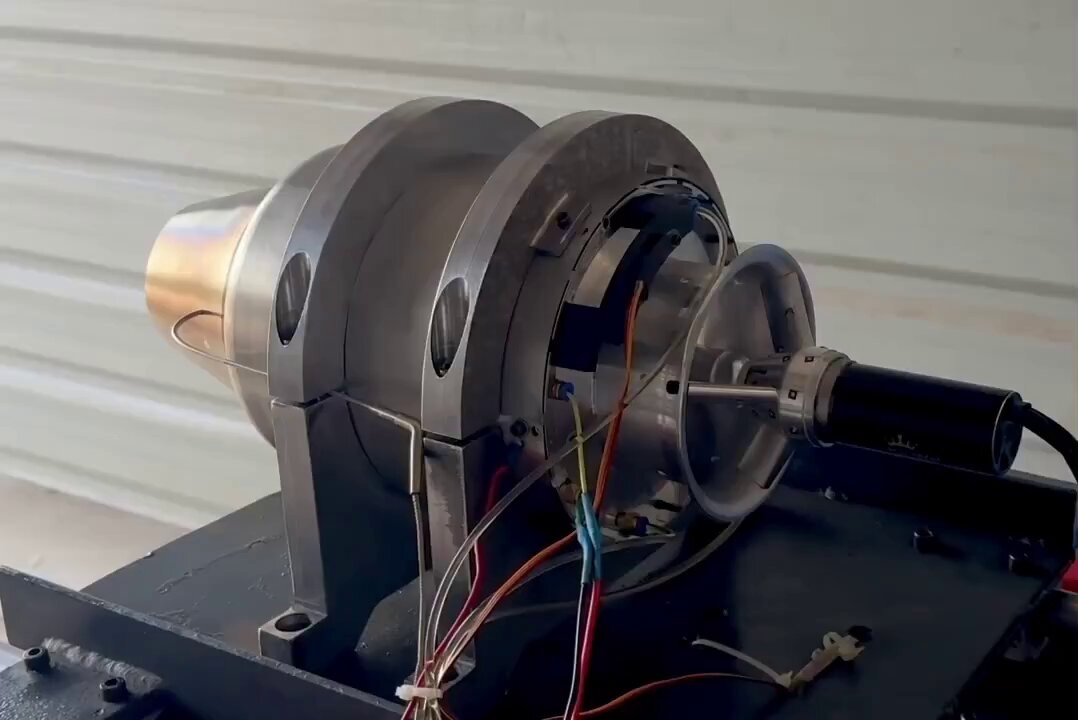India Eyes Open Tender for 114 Fighter Jets to Strengthen IAF, Avoid Past Controversies

India’s quest to bolster its air capabilities is set to take a crucial turn as the government explores a streamlined and transparent process for the acquisition of 114 advanced fighter jets for the Indian Air Force (IAF). This significant procurement, designed to boost IAF’s modern fleet, aims to sidestep past controversies surrounding defense deals, notably the high-profile 2016 Rafale purchase. The government now seems keen to adopt an “open tender” method, marking a departure from previous single-vendor deals. By involving multiple vendors, officials are hopeful this approach will be efficient and free from public scrutiny issues, especially given the heightened global demand for fighter jets.
Meeting IAF’s Demand for Modern Fighters
The IAF has expressed an urgent need for 4.5 generation multi-role fighters, a generation known for their balanced mix of stealth, radar capabilities, and advanced avionics. These aircraft will serve as a critical asset, especially with India’s existing fighter jets, such as the MiG-21, Mirage-2000, and Jaguars, nearing retirement over the next few years. With the phasing out of these aircraft, there’s a pressing need for replacements capable of addressing threats on both India’s western and northern borders. An open tender, according to officials, could satisfy this demand transparently while encouraging multiple vendors to participate and align with India’s defense manufacturing goals under the “Make in India” initiative.
A Fresh Start to Avoid “Rafale-like” Controversy
India’s previous defense purchase, a 36-unit order for Rafale jets in 2016, quickly became contentious, drawing allegations of corruption and sparking public debate on defense procurement. The urgency to acquire fighter jets under that deal led to a government-to-government purchase between India and France. Despite the IAF’s satisfaction with the Rafale jets, the deal’s controversies escalated, ultimately reaching the Supreme Court.
This time, sources reveal, the government is committed to a more cautious and transparent approach. By favoring a multi-vendor open tender, India aims to prevent a repeat of the Rafale scenario. This tender process will likely focus on the technical and operational performance of the competing aircraft, allowing IAF to select a model that meets stringent operational requirements while fostering competition and cost-effectiveness.
Prospects for a Diverse Fighter Fleet
With an open tender, India could potentially attract leading defense manufacturers, including Boeing, Lockheed Martin, Saab, and Russia’s United Aircraft Corporation, in addition to Dassault Aviation, the maker of Rafale. Each of these companies brings a model with unique features and capabilities:
Dassault Rafale: Known for its combat-proven capabilities, the Rafale is a 4.5 generation fighter with robust multi-role capabilities, advanced avionics, and compatibility with India’s weapons systems.
Boeing F/A-18 Super Hornet: An upgraded 4.5 generation aircraft, the Super Hornet offers twin-engine reliability, powerful radar, and sensor fusion technology, which could suit the IAF’s operational needs, especially for carrier-based operations.
Lockheed Martin F-21: A variant of the F-16 specifically configured for India, the F-21 has advanced radar, communication systems, and weapons compatibility, making it a cost-effective option.
Saab Gripen E: This Swedish fighter boasts advanced electronic warfare capabilities, low operational costs, and versatility, aligning with India’s requirement for a multi-role, cost-effective option.
Timeline, Challenges, and Make in India Prospects
According to sources, the government is aware that a final decision must come soon, given IAF’s urgent needs. However, even after a deal is signed, the timeline for manufacturing and deploying these jets may extend beyond 10 years due to the complexities of production and supply chains. For instance, Dassault Aviation has a full order book from global clients, meaning a delay if India opts to expand its Rafale fleet.
A pivotal part of the acquisition process will be India’s “Make in India” mandate, which requires foreign vendors to partner with local firms for assembly and manufacturing. This could strengthen India’s defense ecosystem by promoting technology transfer and building a skilled local workforce. Not only does this meet national security needs, but it also boosts the domestic defense industry, making India more self-reliant in critical defense areas.
Path Forward: Avoiding Delays and Fostering Transparency
The potential open tender model offers the IAF flexibility to select a platform that best matches its operational requirements. It also aligns with the government’s commitment to improving defense procurement transparency and efficiency, avoiding delays and the kind of public controversies seen with the Rafale deal. By opening the process to multiple vendors, the government aims to introduce competitive pricing, ensuring a cost-effective solution for taxpayers.
In its journey to strengthen the IAF’s fleet with modern 4.5 generation fighters, India’s government hopes to avoid “Rafale-like” controversies by placing emphasis on transparency, competitive procurement, and domestic production. As the country finalizes its strategy, this tender could not only shape the future of the IAF but also serve as a benchmark for future defense procurements in India.


